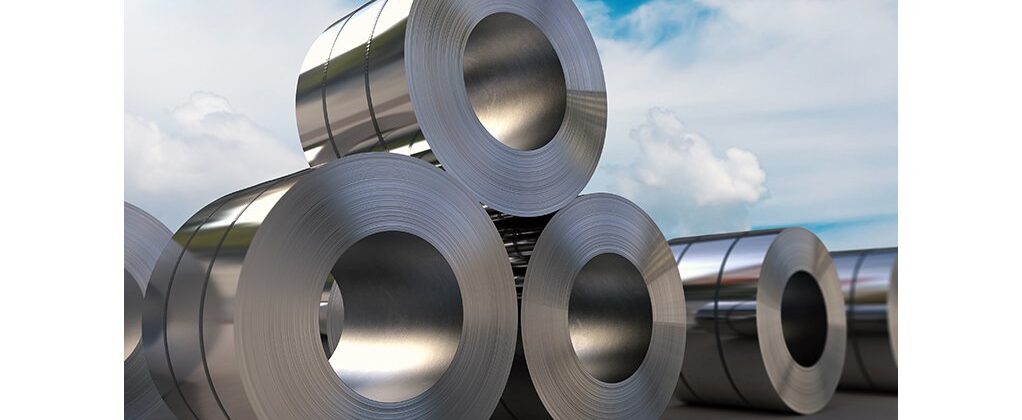by Flextra Engineered Products 0 comment
Sector stays sturdy despite challenges
The stainless steel sector remains steadfast in its resilience, and is even more determined to fight for its well-deserved place in growing the South African economy, says Southern Africa Stainless Steel Development Association (Sassda) executive director Michel Basson.
During a webinar hosted by Sassda in February, titled State of the Stainless Steel Nation, he provided a comprehensive local and global overview of the sector.
“The local industry is well positioned to supply African markets with a variety of world-class, stainless-steel products that can rival other global competitors,” he noted.
This presents significant opportunities for local fabricated products, including industrial capital equipment for mining, agriculture applications, food processing and health applications.
“One must bear in mind that the local stainless steel industry operates in a weakened economy, with little gross domestic product growth,” Basson said.
“It is important to remember that apparent local consumption was already declining before 2019, owing to the weak local economy, and that 2020 was merely a continuation of this movement.”
Basson is, however, pleased about the stainless steel sector’s “remarkable resilience” in recovering from the restrictions caused by Covid 19.
Basson says the declining trend was reversed through improvements in local production and exports in 2021, with robust local demand also leading to increased imports of flat products in 2021.
“The statistics for 2021 were strong enough to cause a gradient switch in the trendline, although the final results for 2022 were still disappointing,” he said.
During 2022, the exports of flat products declined to the lowest levels since this measurement was initiated in 2012.
This decline in exports was mainly owing to restrictions on export volumes to Europe occasioned by Russia’s invasion of Ukraine.
Gaining Traction
A positive contributor to the sector’s upturn is that it is well organised and well represented at government level.
“As such, the industry was allowed to re-open, after the hard lockdown restrictions in 2020, to a 50% level, compared to the 30% for the majority of the general steel industry,” said Basson.
This assisted local producers and fabricators to keep the supply chain unbroken to a large extent.
“African markets can offer an unrivalled opportunity for locally fabricated products in stainless steel,” he enthused.
Africa-directed manufacture during 2023 will be advanced through a focused approach by various entities involved in the South African steel industry, including government.
This potential resides within the structures of the South African Steel and Metal Fabrication Master Plan 1.0 and will take the form of an ‘SA Inc.’-type approach to advance the interests of the local steel industry and national economic interest.
“Localisation will remain key in this effort,” stressed Basson.
Localisation, in simplistic terms, refers to the local manufacturing of goods that are being imported to not only meet national demand but also be competitive enough to service African markets as exports.
“This process has kicked off with excellent potential for success,” he concluded.

